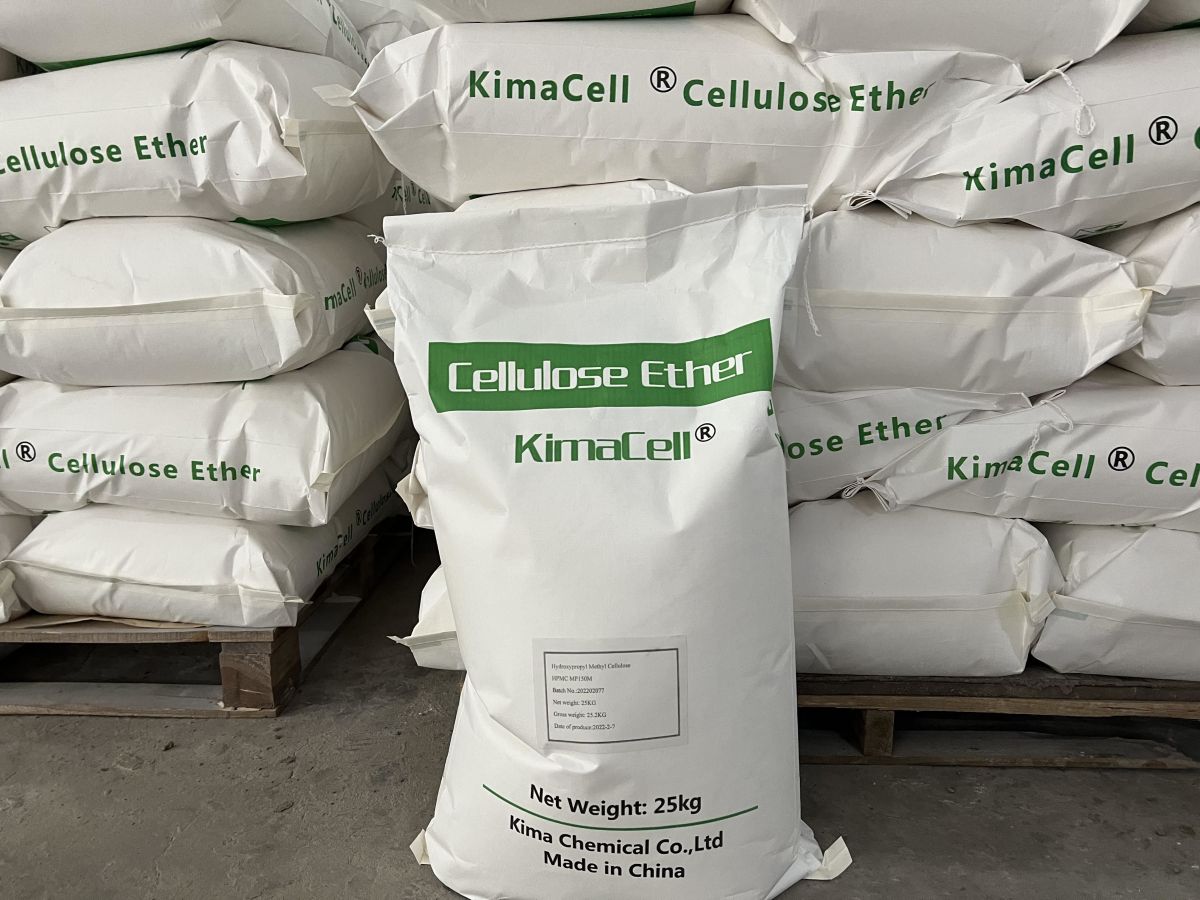Effect of Cellulose Ether on the Adhesive Force of Mortar
Cellulose ethers are multifunctional additives in building materials, including mortars, and have been used in the modern construction industry for decades. It is available in many forms and grades, and the choice of cellulose ether depends on the intended application and the properties of the final product.
In general, cellulose ether improves the performance of mortar by enhancing its workability, water retention and adhesion to the substrate. In this article, we will focus on the effect of cellulose ethers on mortar adhesion, a key property of mortars.
Adhesion is the ability of one material to adhere to another such as a substrate to which mortar is applied. Mortar adhesion is critical to the durability and long-term performance of building structures. Factors affecting the adhesion of mortar include substrate properties, mortar properties, and environmental conditions.
Cellulose ether improves the adhesion of mortar by improving the rheological and mechanical properties of mortar. First, cellulose ethers improve the rheology of mortars by increasing their workability and reducing segregation. Workability refers to the ease with which mortar is mixed, placed and finished, while segregation refers to the separation of mortar components during mixing or handling. The rheology of the mortar is improved, allowing it to flow and fill the gaps between the substrate and the mortar for better adhesion.
Second, cellulose ethers improve the mechanical properties of the mortar, such as its tensile and compressive strength, which are crucial for the adhesion of the mortar to the substrate. Cellulose ether improves the mechanical properties of mortar by improving its hydration, the process by which cement in mortar reacts with water to form a hardened structure.
The presence of cellulose ether in the mortar slows down the rate of evaporation of water in the mortar, resulting in a longer hydration process. The prolonged hydration process creates a wider, stronger bond between the mortar and the substrate for better adhesion.
Cellulose ethers used in mortars come in a variety of grades and types, including methylcellulose, hydroxyethylcellulose, and hydroxypropylcellulose. Methylcellulose is the most common type and is suitable for a variety of applications due to its high water retention capacity, processability, and improved adhesion. Hydroxyethyl cellulose, on the other hand, is hydrophilic and can absorb and retain water, thereby enhancing the workability of the mortar and its adhesion to the substrate. Hydroxypropyl cellulose is suitable for thickening and enhancing the rheological properties of mortars, thus improving adhesion.
To sum up, cellulose ether is a valuable additive in the construction industry and plays an important role in improving the adhesion of mortar. The presence of cellulose ether in the mortar enhances its rheological and mechanical properties, resulting in better workability, hydration and adhesion to the substrate. The choice of cellulose ether depends on the intended application and the desired properties of the final product. When using cellulose ether in mortar, the manufacturer’s instructions must be followed to achieve the best results and ensure the durability and long-term performance of the building structure.
Post time: Jul-03-2023

